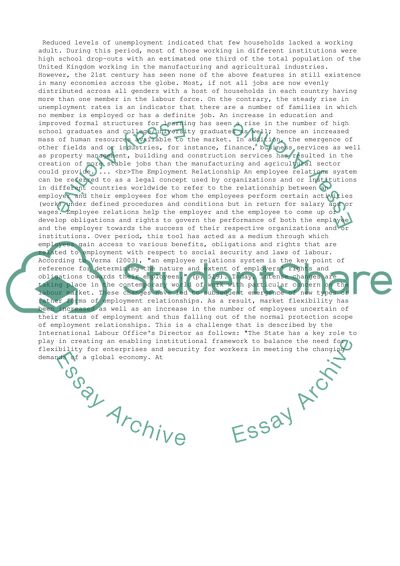Cite this document
(“Features of Employment Relations Systems and their Impact on the Essay”, n.d.)
Features of Employment Relations Systems and their Impact on the Essay. Retrieved from https://studentshare.org/business/1468014-3which-features-of-employment-relations-systems-have-had-most-impact-on-the-position-of-women-in-labour-markets
Features of Employment Relations Systems and their Impact on the Essay. Retrieved from https://studentshare.org/business/1468014-3which-features-of-employment-relations-systems-have-had-most-impact-on-the-position-of-women-in-labour-markets
(Features of Employment Relations Systems and Their Impact on the Essay)
Features of Employment Relations Systems and Their Impact on the Essay. https://studentshare.org/business/1468014-3which-features-of-employment-relations-systems-have-had-most-impact-on-the-position-of-women-in-labour-markets.
Features of Employment Relations Systems and Their Impact on the Essay. https://studentshare.org/business/1468014-3which-features-of-employment-relations-systems-have-had-most-impact-on-the-position-of-women-in-labour-markets.
“Features of Employment Relations Systems and Their Impact on the Essay”, n.d. https://studentshare.org/business/1468014-3which-features-of-employment-relations-systems-have-had-most-impact-on-the-position-of-women-in-labour-markets.


